Delibes: Coppélia (Paris Opera Ballet)
Introduction
I will say straight away that this version of Coppélia confused me a little, mostly because it really didn't appear to be the work with which I thought I was familiar. It certainly contains much of same music, with extra bits of Delibes added for good measure (I certainly don't mind this, as many ballets have often changed dramatically when it comes to the music), but it is now a two-acter, and the story bears only a slight resemblance to the simplistic fantasy plot that has become the norm.
Patrice Bart, the choreographer has gone back to an earlier E.T.A Hoffmann story 'The Sandman' and has added the character Spalazani the doll-maker, thereby giving Dr. Coppélius the role of a drunken, drug-addled seducer who, many years previously, was madly in love. The unnamed object of his affections is no longer around, yet Swanilde bears a striking resemblance to her, and the way she dances a few rustic dances convinces him she's the one. Of course, being a young, pretty girl is something that attracts more than just amorous middle-aged men…the recently-returned student Frantz is also rather interested.
Coppelius attempts to worm his way into her affections, and she doesn't exactly push him away as she's quite fascinated by this strange character. Understandably, Frantz is a bit riled by this, but is quite happy about the times when Swanilde flirts with himself.
Spalazani (or is it Coppélius?) appears to be creating a life-size female doll. It seems that this doll is to become an automaton similar to the others Spalazani has created, yet the final features are not yet complete. Is there some sort of magical state by which Spalazani can grab the soul and features of Swanilde and place it in the doll? No, most likely there isn't.in fact, the plan is to murder Swanilde and use her skin to cover the doll, and her soul to fill it. All very 'Silence of the Lambs' then.
Swanilde is conveniently handed the key to Spalazani's workshop, so she and her girly friends pop around and play with the automatons. She notices the unfinished doll and when disturbed by Spalazani and Coppélius, for some reason feels the urge to dress up exactly like it and dance for her would-be suitor. Coppélius becomes a bit distracted at this display and beings to act in particularly amorous and disturbing manner. Time for the soul and skin-stripping. Frantz appears just in time to stop him. Swanilde and Frantz escape to be together.
Sound & Vision
Rather good. As always, with a ballet production, there's little or no need for microphones on the stage (although there's plenty of thumping to be heard) and so the whole recording process should focus on the orchestra. The full range of dynamics and timbres are captured perfectly.
Again, absolutely fine. There are some very effective lighting effects going on throughout the production, and these are caught in a natural and quite dramatically satisfying manner, especially in the moments before Swanilde appears as Coppélia.
Extras
The usual, almost obligatory Cast Gallery is this time, accompanied by a very worthwhile half hour item directed by Reiner Moritz (with an E) entitled 'The Mystery of Coppélia', in which we learn from the main protagonists (except the conductor, funnily enough) how this version of the story fits together. Bart et al sound very convinced about the changes they have made and this conviction almost rubs off onto the viewer, which is a good thing. In hindsight, it would have been better to have watched this before launching myself into the ballet as much of the confusion I felt was cleared up.Conclusion
The updating (or maybe 'backdating') of Coppélia is a fascinating exercise in how the seemingly familiar can be changed drastically by altering a few basics, and I think that it works as well, mostly.I say that because there seems to be a little too much action, which may sound strange when discussing a ballet. Bart's moves run the gamut between smooth and graceful and sharp, jagged and downright out-of-place at times, yet I got the feeling, even with my relative lack of technical know-how, that everything was a bit fussy.
The corps are asked to provide the almost-compulsory folk dances, and despite these sections appearing slightly odd amongst the highly-charged drama going on around them they are a very skilful bunch.
Dorothée Gilbert (Swanilde) is a delight to watch when both acting and dancing (some would say the two go hand-in-hand, however it's not always the case, even with some high-flying stars) and is able to pull off Bart's sometimes fiendish steps brilliantly - I watched her 'Scottish' dance a few times just to make sure her ankles were really moving that way for so long. It's certainly one of the most demanding dances I've seen. Her flirtatious, stroppy young girl is perfectly gauged, yet the transformation into a more worldly-wise woman at the end is slightly disappointing, more because of Bart's choreography which doesn't quite get to the heights of the greatest of pas-de-deux finales.
José Martinez (Coppélius) is a powerful presence on stage, and tries his best with what Bart gives him to dance. His movements show great mental and physical anguish, yet despite some tenderness when dancing with Swanilde it all appears at odds with the music, and you can't help feel that you're missing much of the subtlety in body movement with the costume he is wearing. This is probably the only problem with Ezio Tofolutti's design, as everything else in this area is very striking indeed, most especially the 'shattered' scenery in Act 1, giving the impression the backdrops are something out of an early science fiction film.
Mathias Heymann (Frantz) is almost overshadowed by his four student pals at the beginning, but when on his own is quite capable of commanding the stage. Here however, there's not much depth of character, and despite trying his best with the choreography, this is not one of the greatest male ballet roles I've experienced.
In the pit, Koen Kessels has a great band, in the shape of Orchestra Colonne, at his command. Their playing is never less than excellent, and some of the instrumental solos sound absolutely fantastic, most notably the clarinet, violin and, dare I say it, viola at the beginning of the second act. Even though not all the music was actually written for this ballet, it's all authentic Delibes, and (I've said it many times before) it would have been nice to have had more of an insight into how or why it as chosen. I'm sure there will be purists who will have mild traumas if they hear what has been done, but surely this sort of thing has been at the heart of ballet productions since someone first came up with the idea of a tutu.
Anyway, this is almost a great production, with the highs being Dorothée Gilbert and the orchestra and the lows being a sense of confusion in the overall execution that fails to create a believable human drama once the fantastical elements of the more familiar story have been stripped out.
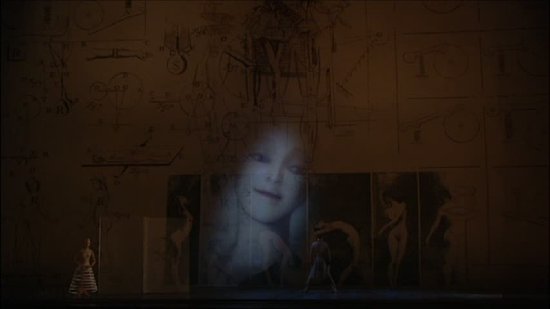
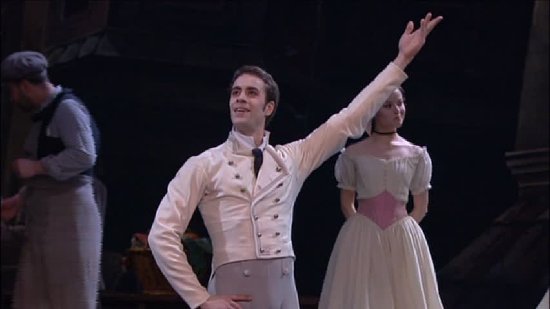
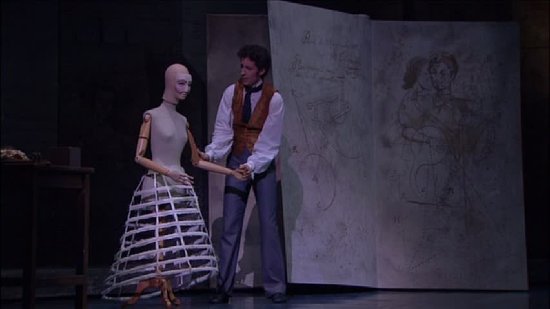
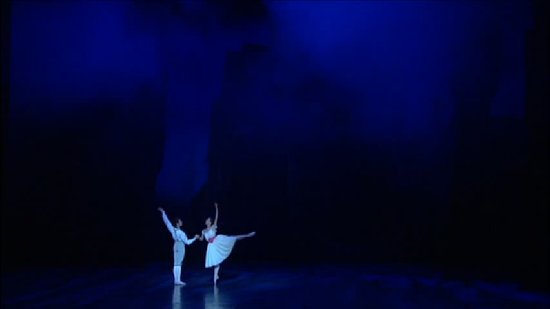
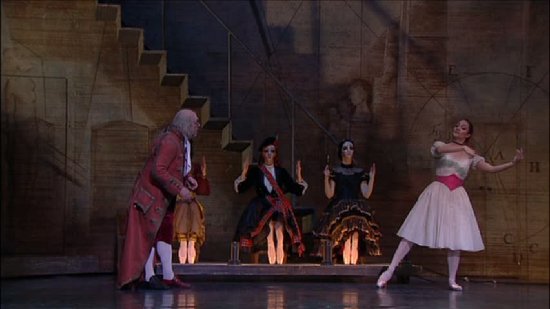
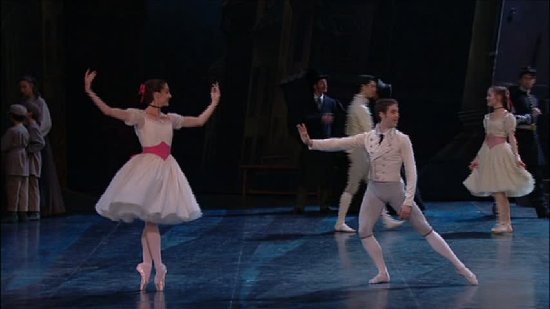
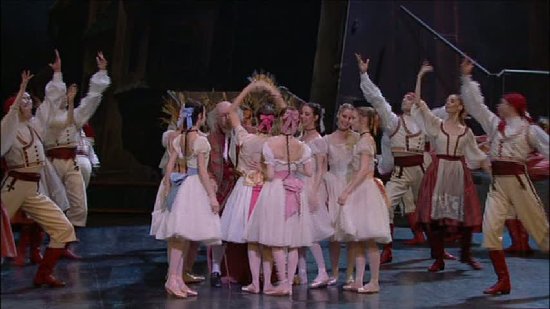

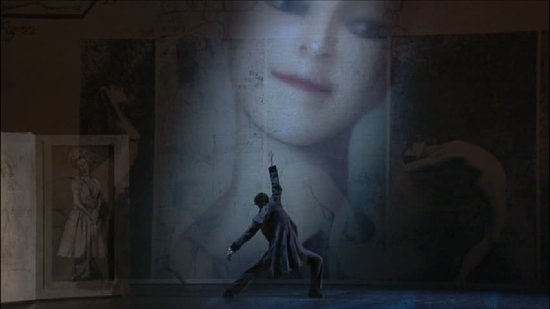
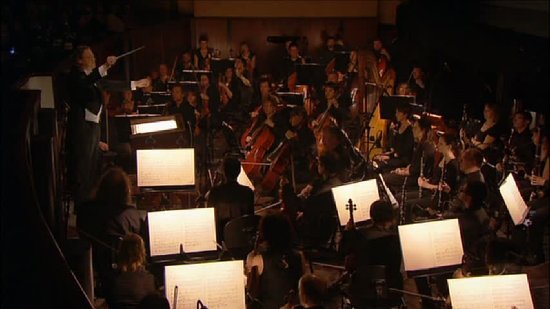
Your Opinions and Comments
Be the first to post a comment!